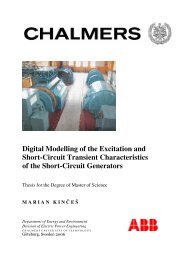Modeling and Simulation of Vehicular Power Systems - webfiles its ...
Modeling and Simulation of Vehicular Power Systems - webfiles its ...
Modeling and Simulation of Vehicular Power Systems - webfiles its ...
Create successful ePaper yourself
Turn your PDF publications into a flip-book with our unique Google optimized e-Paper software.
8 <strong>Simulation</strong> ResultsIn this chapter first the battery model is verified <strong>and</strong> secondly the drive train <strong>of</strong> a serieshybrid bus is created based on the models previously explained. For simulation purposesthe test data from a series hybrid bus produced by New Flyer Company located in Canadais used. The performance <strong>of</strong> the bus in terms <strong>of</strong> acceleration, fuel economy is studied.8.1 Battery simulation resultsIn order to verify the battery model a 12 volt battery 46 A.h from Hawker Genesis wasused. The fully charged battery was discharged with constant 6 ampere current in ambienttemperature <strong>of</strong> 25 oC . An electronic load (model: <strong>Power</strong> Tek EL12-110M) was used todischarge <strong>and</strong> charge the battery with constant current. For charging, the battery wascharged with constant 30 ampere current. Once the terminal voltage reached to themaximum voltage given by the manufacturer [26], the voltage was kept constant until thebattery was fully charged. Figures 8-1 <strong>and</strong> 8-2 show the results out <strong>of</strong> the simulation <strong>and</strong>tests. It is observed that the model has a good accuracy. The error during charging couldbe because <strong>of</strong> the coulomb efficiency which has not been considered in the model.Figure 8-1 Battery charging test49



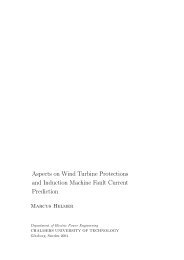
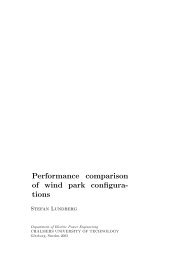
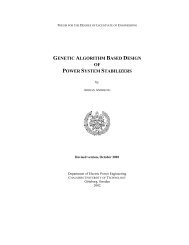
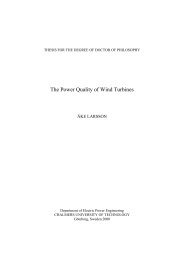
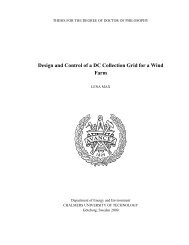

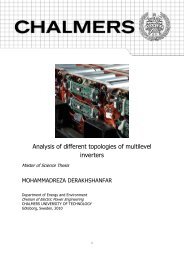

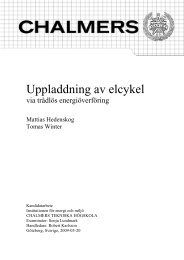
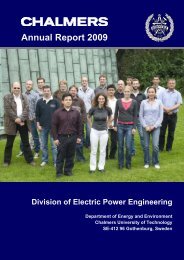
![LAPLACE OPERATOR.ppt [Lecture seule]](https://img.yumpu.com/42909900/1/190x135/laplace-operatorppt-lecture-seule.jpg?quality=85)

